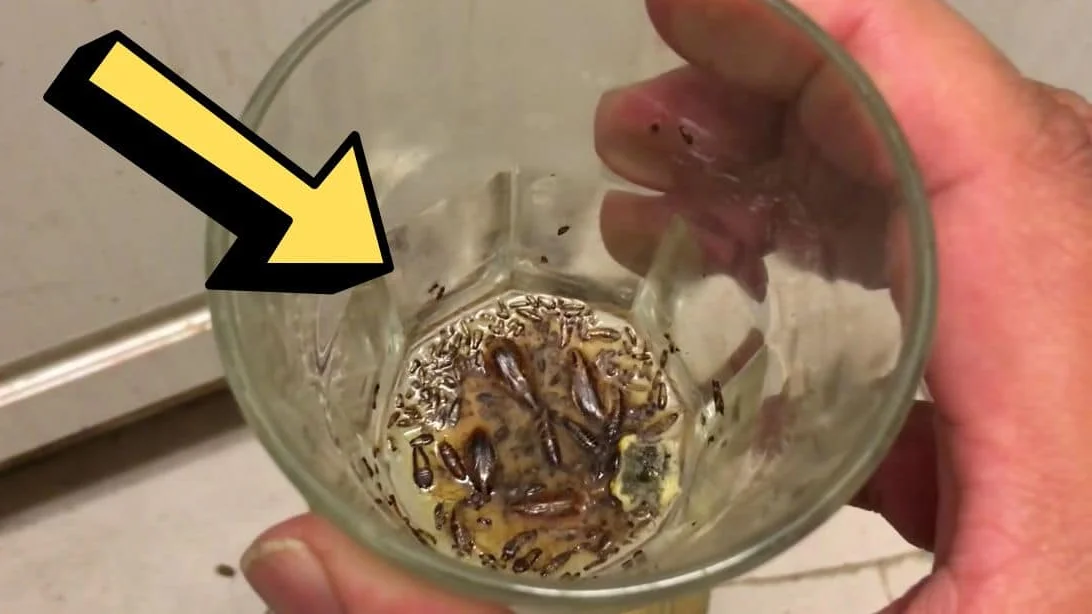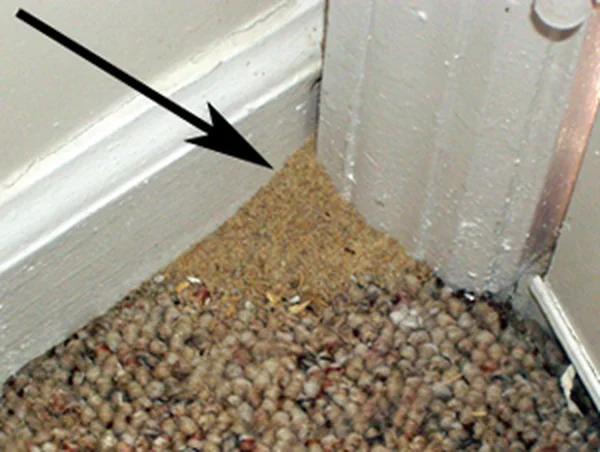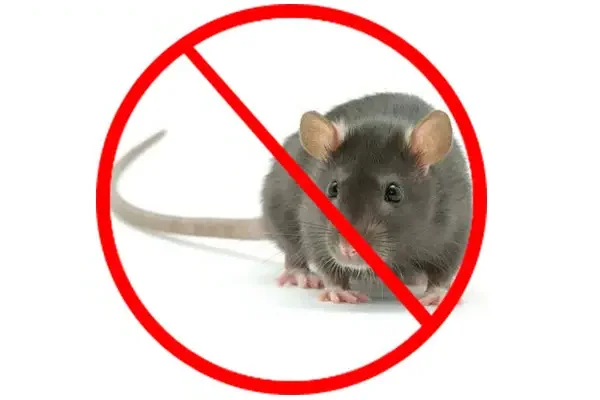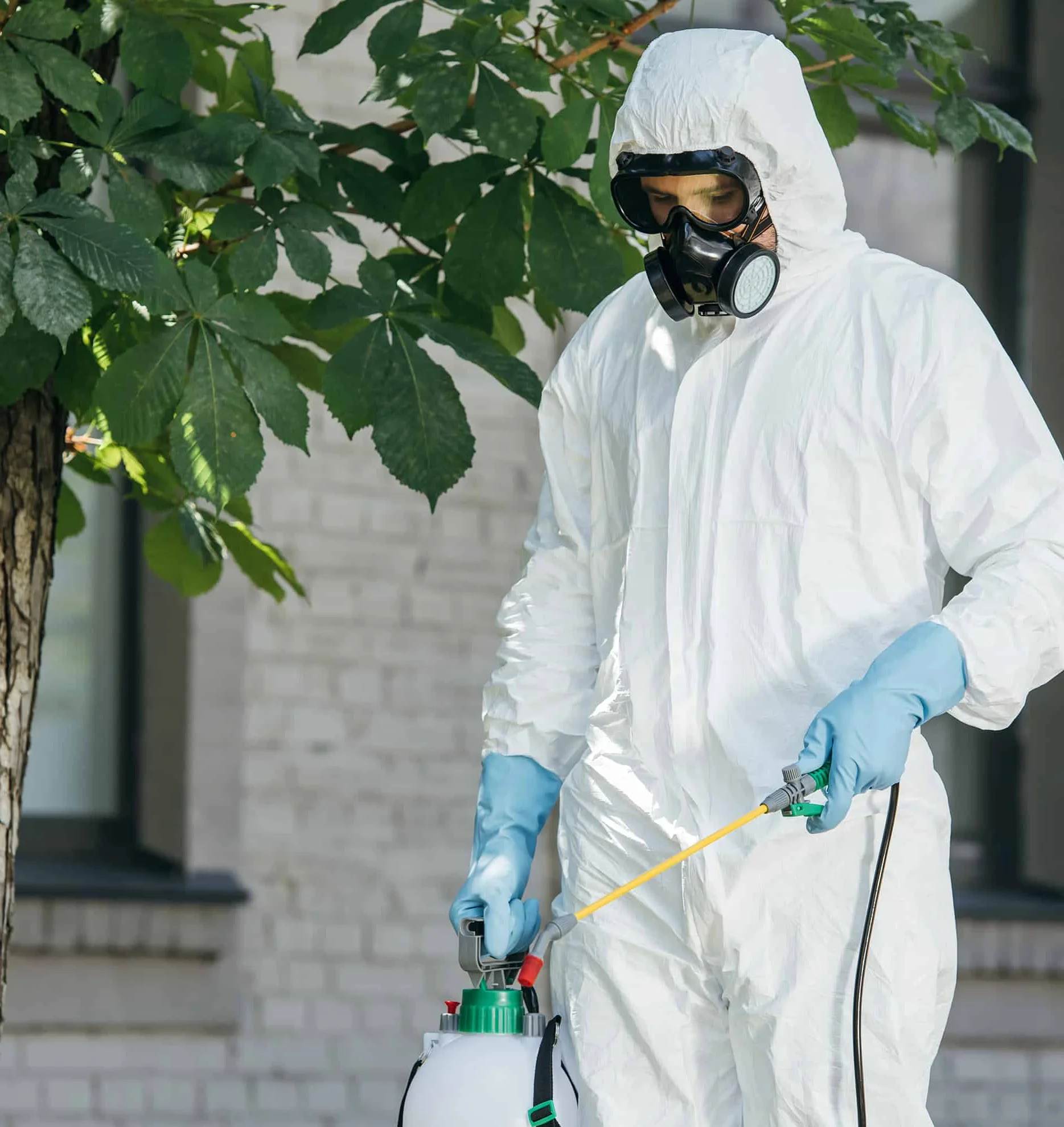Central New Mexico (Middle Rio Grande Valley)
Including: Albuquerque, Rio Rancho, Los Lunas, Belen, Bernalillo, Corrales
Central New Mexico's Rio Grande corridor creates distinctive pest dynamics influenced by the river valley environment, urban development patterns, and transition zones between desert and foothill ecosystems. The region faces significant termite pressure requiring comprehensive structural protection, substantial scorpion activity in areas with rocky terrain, and diverse rodent challenges including roof rats established in urban areas and pack rats (wood rats) prevalent in suburban-rural interfaces. Albuquerque's position as the state's major urban center creates unique pest distribution patterns influenced by dense development, extensive irrigation creating artificial moisture resources, and substantial commercial activity supporting established pest populations. Commercial properties throughout central New Mexico face protection challenges supporting diverse business operations, educational institutions, healthcare facilities, and government installations requiring specialized management approaches. Residential services address both established urban neighborhoods and expanding suburban communities with different pest vulnerability patterns based on construction age, surrounding habitat features, and proximity to natural areas. The region's riparian corridor further influences pest distribution, creating moisture-dependent species concentrations along the river zone while supporting different population dynamics compared to surrounding drier upland areas requiring habitat-specific management approaches addressing these distinctive ecological transition zones.
Southern New Mexico (Chihuahuan Desert)
Including: Las Cruces, Alamogordo, Deming, Silver City, Truth or Consequences, Lordsburg
Southern New Mexico's Chihuahuan Desert environment creates specialized pest challenges dominated by true desert-adapted species thriving in extreme heat and aridity. The region experiences substantial scorpion pressure requiring dedicated management programs, diverse ant species adapted to desert conditions, and specialized cockroach species including Turkestan cockroaches established throughout outdoor environments. Southern New Mexico faces more pronounced monsoon-driven pest activity cycles than northern regions, with sudden population explosions following summer rainfall events after extended dry periods creating predictable yet intense seasonal pressure patterns. The border region introduces specialized pest dynamics with international movement periodically introducing non-native species requiring targeted management, while distinct desert ecosystems support unique pest complexes different from other New Mexico regions. Commercial properties throughout southern New Mexico face protection challenges supporting agricultural processing, military installations, educational institutions, and healthcare facilities requiring customized approaches addressing their specific operational requirements. Residential services address both urban communities and rural properties with different pest vulnerability patterns based on surrounding habitat features, construction characteristics, and proximity to undeveloped desert landscapes continuously introducing native species toward developed areas seeking resources unavailable in natural environments.










